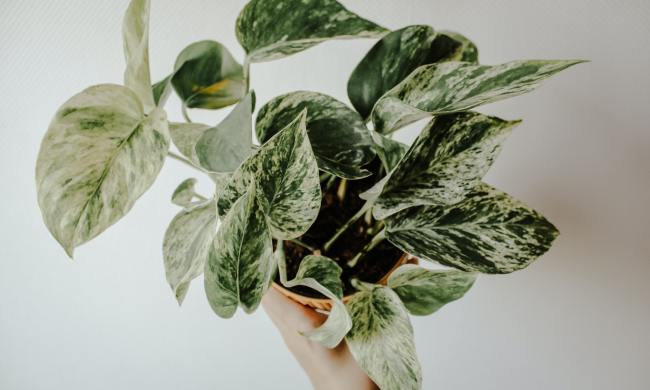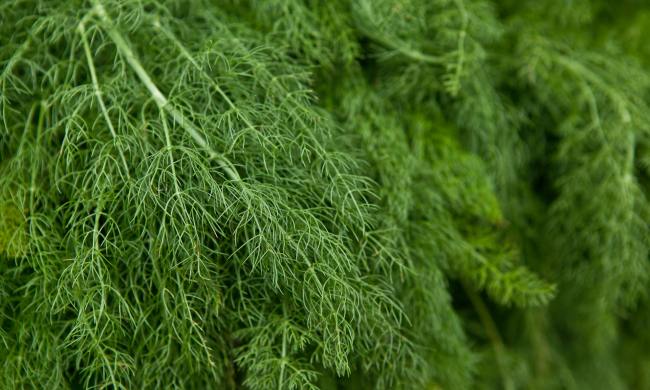Growing plants in containers can be a convenient way to enjoy harvests when you don’t have time or energy to build full-blown garden beds or manage crops directly planted in the ground. However, there may be times when you simply need bigger containers.
There’s where garden boxes come in. While they may sometimes be conflated with raised garden beds, garden boxes are often smaller and much more transportable than beds — many also come with convenient features like wheels and legs, too! If you feel curious about garden boxes, we’ve got you covered with a comprehensive guide on what they are and what you can plant in them.
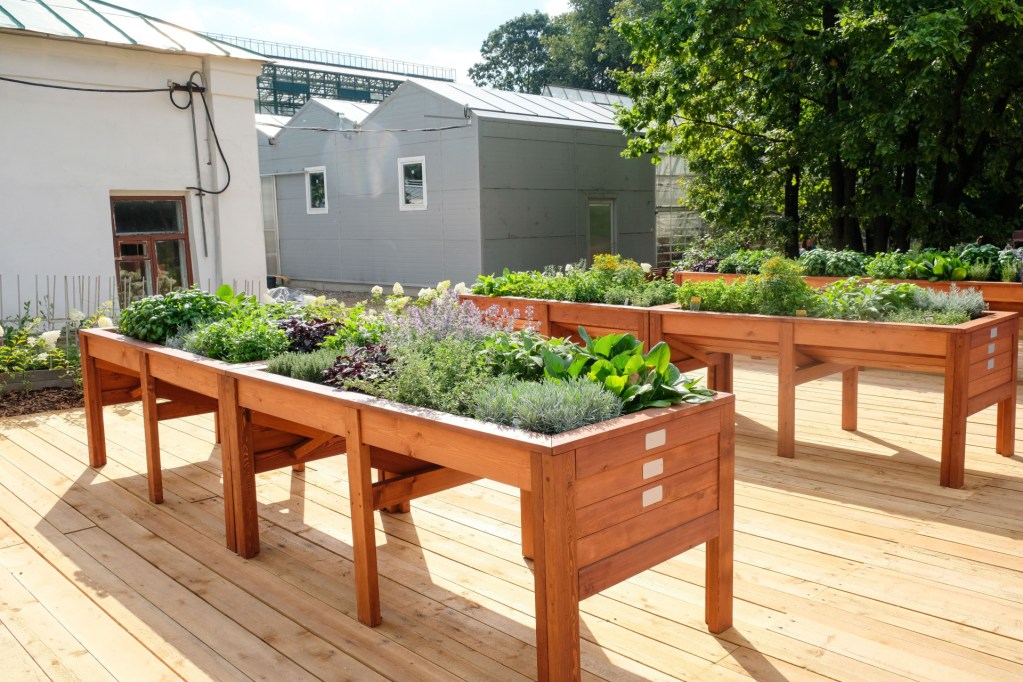
Why would you choose to use a garden box?
Instead of potting up your plants in a small container or planting them directly in the ground, you’ve got a third option: a garden box or plant box. The main advantage of an enclosed box is that it creates a fortress of sorts for your plants while still being more portable than a raised bed.
You can control exactly what goes into your garden box. Roots can’t spread all throughout your landscape — this makes managing unruly weeds and thinning out crops easier. With established boundaries, you can also keep plants from cross-pollinating or spreading diseases. Plus, a garden box is practical for keeping foot traffic away from compacting soil and crushing delicate flowers, fruits, and veggies.
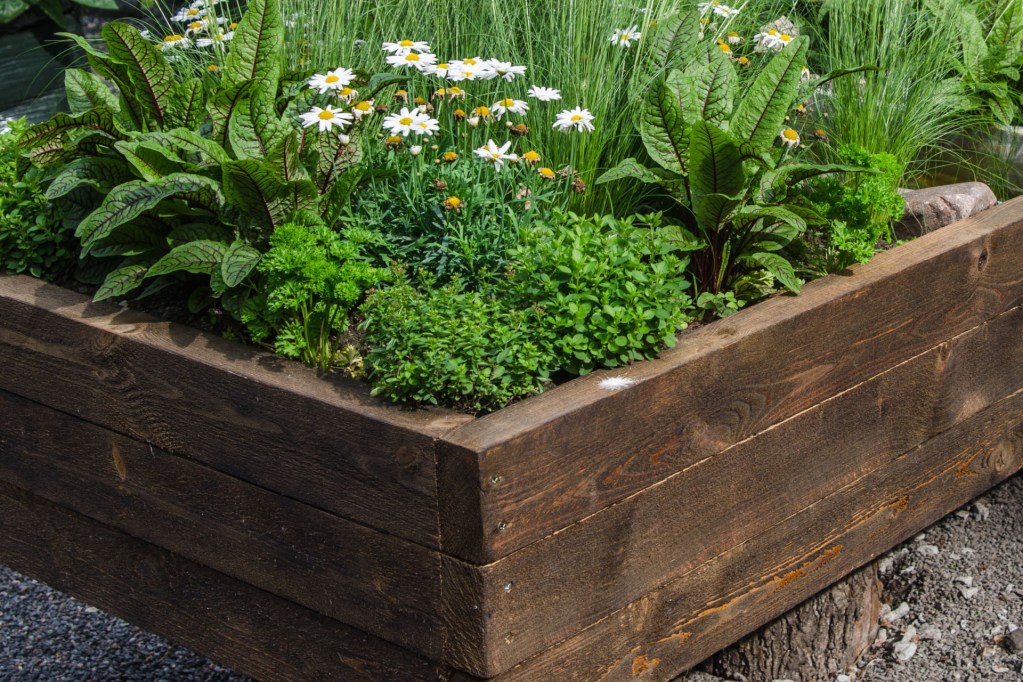
Features of garden boxes
Many people consider raised beds to be garden boxes, but you definitely have more options than a wooden box when shopping around for a garden box — also, planter boxes tend to have bottoms; while raised beds do not need bottoms.
When you look up garden boxes or plant boxes online (think retailers, such as Lowe’s, Amazon, and Home Depot), you can find many elevated picks, not just beds that sit on the ground. Many options come with features like wheels and legs for mobility. You might also find drainage holes, trellises, shelving, and netting, too.
As far as material, you can typically choose between galvanized metal, plastic, or wood. If you’re going with plastic, make sure it’s heat-resistant plastic to avoid unwanted warping. For a wooden option, check if your planter features any water- and weather-resistant finishes — you may have to apply a sealant yourself.
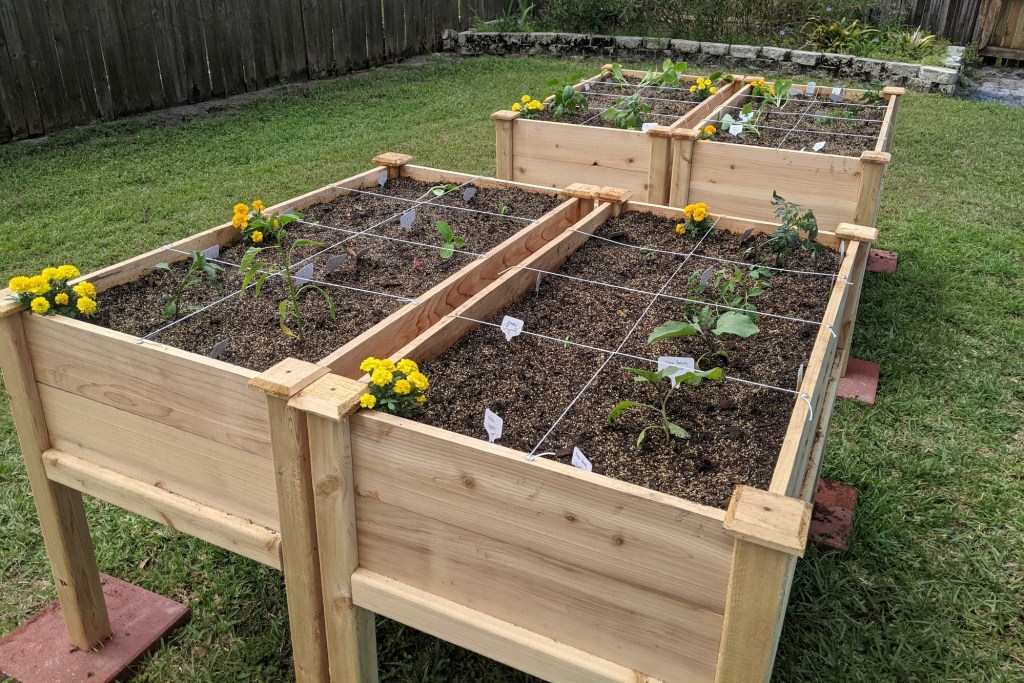
Preparing a garden box for planting
You can treat a garden box like a very big planter. Make sure that you have, first and foremost, drainage holes to keep your soil from rotting your plant roots. If your garden box doesn’t already have drainage holes, drill some in. You may also want to line the bottom and sides of your box with cardboard, perforated plastic, or landscaping fabric, especially if your box isn’t weatherproof or waterproof.
While pests and weeds may not be issues with boxes that sit high above the ground, you still want to protect your garden box. Another tip when working with a raised garden box is to give your soil plenty of drainage — amend your soil with perlite, bark, or compost.
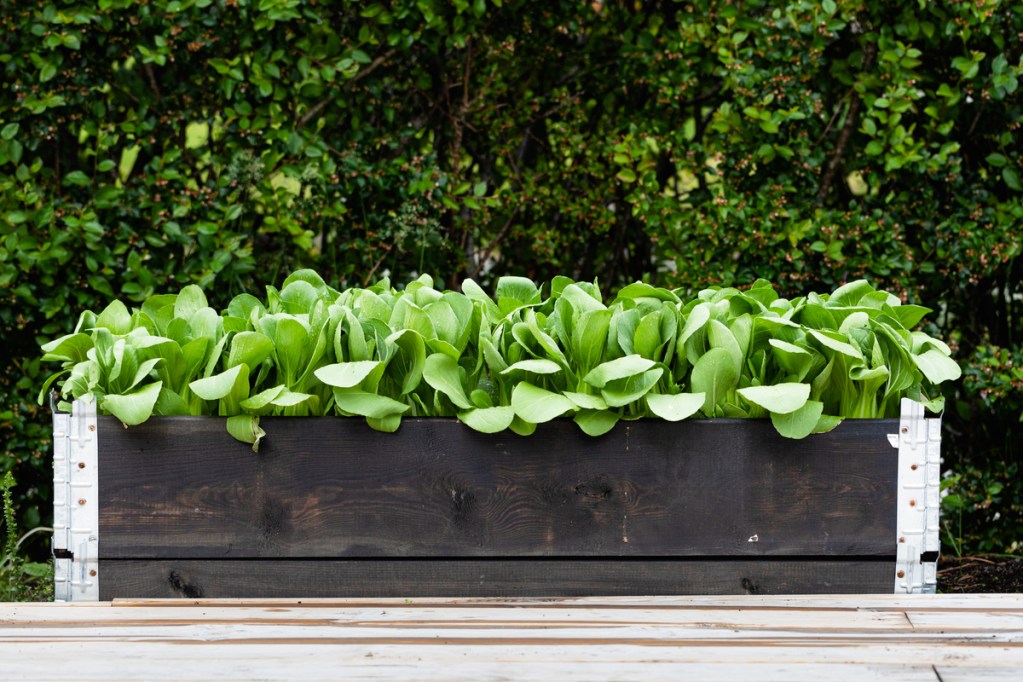
Plants that do well in garden boxes
All kinds of plants can do well in garden boxes, as long as your plants don’t require too much space to grow. Here are a few ideas to get you started.
Herbs
Herbs, such as basil, chives, and dill, have shallow roots, so they can do well in a raised box as long as they have good drainage — you don’t really need your box to be any more than 1 foot deep. You can keep shorter herbs on the side and taller ones in the center to make harvesting easier and shade distribution more even.
Fruits and vegetables
You can grow all kinds of fruits and veggies in a raised garden box, which is the perfect environment for keeping soil warm and loose. Plants like tomatoes, bush beans, leafy greens, and onions can do really well in garden boxes. If you need extra support, consider looking for boxes with trellises, or create your own support system. For long-rooted veggies, such as carrots, consider varieties with shorter roots.
Flowers
You can add pops of color with blooms spilling over a raised garden box. Flowers that do particularly well in a warm planter box include geraniums and petunias.
Trailing plants
If you like a cascading look, basic trailing plants can also look great in elevated garden boxes. With picks such as English ivy, just make sure that you prune from time to time.
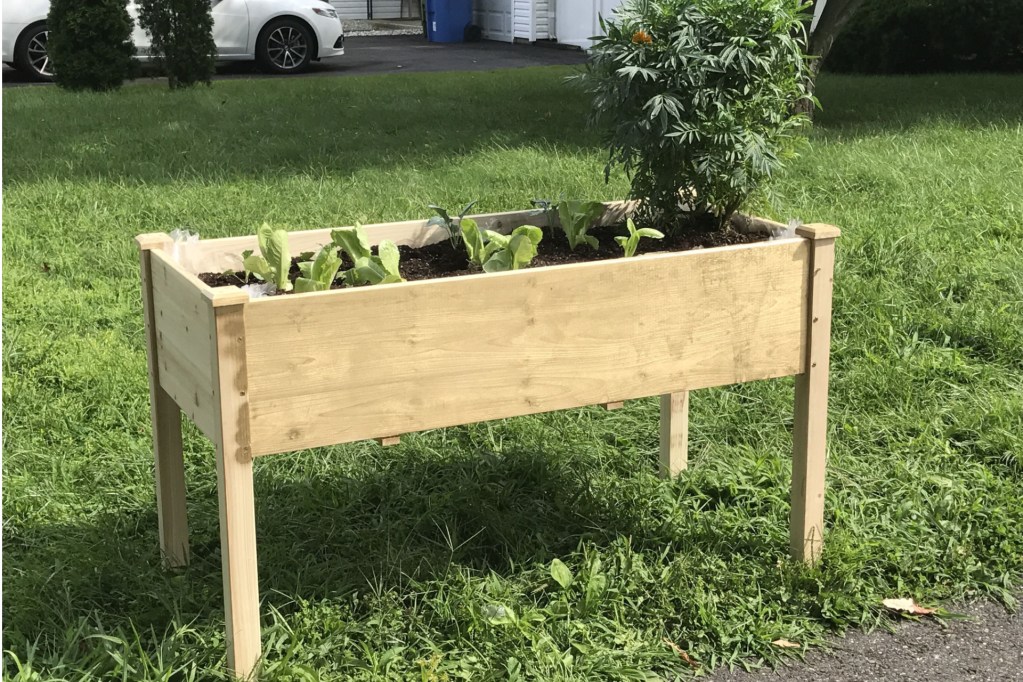
Garden box maintenance tips
Where to situate your garden box
Where you should place your garden box really depends on what kind of plants you’re growing and what time of year it is. Ideally, you want your plants to receive full sun 6 hours a day, but you might opt for a shadier location if you have plants that need partial shade or if you’re growing crops in the middle of a sweltering summer. The advantage of an enclosed garden box is that it’s easy to move, especially if you have one on wheels.
How often to fertilize your garden box plants
Garden boxes tend to be bigger than containers, so it takes longer for nutrients to be used up by your plants or leached out with watering. You can amend your soil with compost or a slow-release fertilizer when you first plant your greens and after blooming and harvesting periods. Alternatively, you can use a quick-release fertilizer every month during the growing season. You should also keep in mind what your plants need.
How often to clean your garden box
Garden box maintenance usually includes removing weeds and debris every so often. When you’re ready to plant a new crop, you also want to remove damaged or diseased plants and spruce up any unseemly garden edging. If you notice any infestations, it may be best to remove all of your current soil and disinfect the box with soapy water, bleach, or alcohol — just make sure that your disinfectant is safe to use on your garden box material.
With these tips in mind, you can choose and set up your garden box with confidence. Before you know it, you can enjoy a tasty crop or vibrant blooms with a contained and easy-to-maintain planting system. Over time, all you need to do is to keep up with a little maintenance to raise healthy, productive plants.


